Afpak
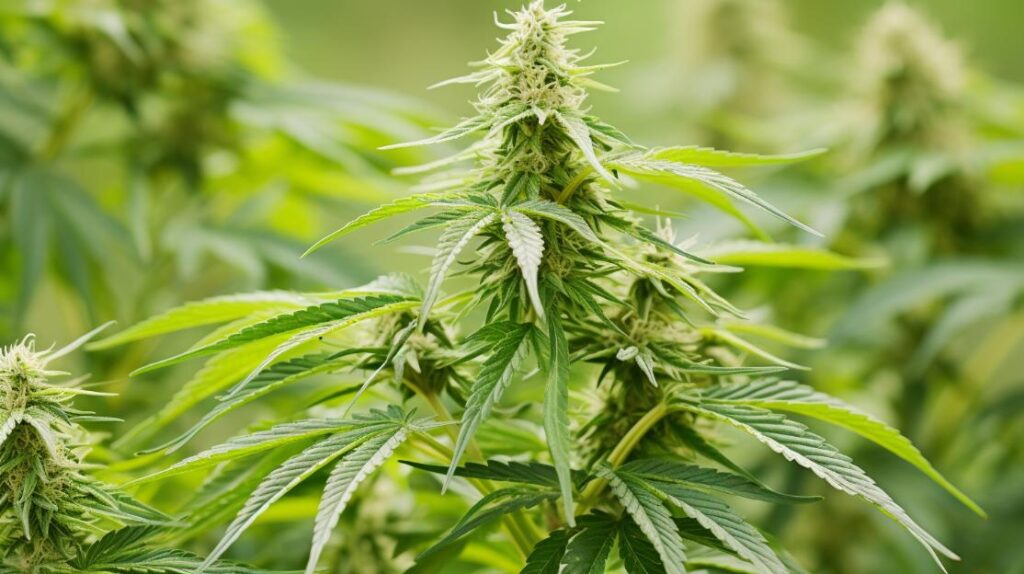
The Afpak weed strain, an intriguing amalgamation of Afghani and Pakistani landrace genetics, presents a rich tapestry of cultural botany worthy of discussion. Recognized for its distinctive foliage, characterized by a symphony of light green and deep bluish purple hues, Afpak further distinguishes itself through a complex aromatic profile that combines floral notes with a subtle hint of lemon.
As a strain that has garnered attention for its pronounced effects on both appetite stimulation and relaxation, it occupies a unique niche in the pharmacopeia of cannabis varieties. While its therapeutic applications, particularly in the realms of stress reduction and pain management, invite consideration, the strain’s cultivation requirements and potential adverse effects also merit exploration.
The entwined lineage and properties of Afpak invite a closer examination of its place within the broader context of cannabis culture and its implications for both connoisseurs and patients seeking specific relief.
Genetic Lineage
Drawing from the rich heritage of its Afghani and Pakistani landrace predecessors, the Afpak weed strain boasts a genetic lineage that is deeply rooted in the traditional cannabis regions of Afghanistan and Pakistan. The indica-dominant hybrid, known as AF-PAK, carries forward the robust genetic characteristics that define the landrace strains from these areas, which have been cultivated for their potent and therapeutic properties for centuries.
The physical manifestation of its lineage is evident in the Afpak strain’s distinct morphology, displaying light green and deep bluish-purple leaves. These hues, a visual tribute to its ancestry, hint at the rich terroir from which the parent plants originate. The flavor profile, a nuanced floral taste with a touch of lemon, further underscores the influence of its Afghani and Pakistani landrace roots. This synergistic blend of taste is not merely a sensory delight but also an indication of the complex terpenoid synthesis inherited from its lineage.
Moreover, the therapeutic effects associated with AF-PAK, such as appetite stimulation and potent relaxation, are directly tied to its genetic heritage. This strain has shown efficacy in managing stress, providing relief from mild physical discomfort, and addressing difficulties with eating, thus exemplifying the medicinal potential embedded in its genetic code.
History and Origin
The Afpak strain’s emergence as a distinct cannabis variety is deeply intertwined with the traditional cultivation practices and selective breeding of landrace strains in the mountainous regions of Afghanistan and Pakistan. This lineage has contributed to Afpak’s notable characteristics, which have been shaped by both the environment and the expertise of local cultivators.
Here are some key highlights of its origin:
-
Landrace Genetics: Afpak’s genetic makeup is a blend of pure Indica landraces native to the mountainous terrains of Afghanistan and Pakistan.
-
Distinctive Coloration: Its unique leaf pigmentation, featuring light green with deep bluish-purple hues, is a telltale sign of its rich heritage.
-
Flavor Profile: The strain’s aroma and taste boast a combination of floral notes accentuated by hints of lemon and spice, a sensory nod to its lineage.
-
Therapeutic Use: Owing to its genetic roots, Afpak is particularly beneficial for patients suffering from anxiety, providing a calming and soothing effect.
The name Afpak itself is a portmanteau, hence the name AF-PAK, reflecting its geographical and genetic origins. Experienced cultivators and users alike recognize Afpak for its analytical profile, showcasing a deep understanding of the strain’s history and the influences that have shaped its current form.
THC/CBD Content
With THC levels typically ranging from 20-22% and a modest CBD content around 1%, the Afpak cannabis strain exhibits a cannabinoid profile that is potent in its psychoactive effects while offering limited non-psychoactive benefits.
The relatively high THC concentration positions the Afpak weed strain as a robust option for individuals seeking a strong, body-centric high that can alleviate conditions such as anxiety, stress, and muscle tension, while also providing symptomatic relief for asthma.
The indica dominance of this strain is evident in the soothing physical relaxation it induces, commonly associated with higher THC varieties. Although the light green buds of Afpak may appear unassuming, they house a significant psychoactive punch that is less suited for novice consumers or those with a low tolerance for THC’s intoxicating effects.
The low CBD content, typically around the 1% mark, suggests that Afpak may not be the ideal strain for those looking to harness the full therapeutic potential of CBD, particularly in the management of seizure disorders. However, this THC/CBD content balance is indicative of a strain that, while limited in its CBD offerings, excels in providing a potent and calming experience, underscored by the typical side effects such as dry mouth and red eyes.
Terpene Profile
Moving beyond its cannabinoid content, the Afpak strain’s distinctive terpene profile plays a crucial role in shaping its aromatic allure and potential therapeutic effects. Terpenes, the aromatic compounds found in cannabis, not only define the sensory experience but also support various health benefits through their interaction with the body’s endocannabinoid system.
The Afpak strain boasts a terpene composition that is both complex and therapeutically promising. To understand its depth, consider the following:
-
Rich Mixed Berry Aroma: The primary note is a luscious berry scent, creating an inviting and sweet olfactory experience.
-
Hint of Lemon and Spice: A subtle citrus twist accompanied by warm spice adds layers to the strain’s aromatic profile.
-
Floral and Lemon Flavors: These terpenes contribute to Afpak’s floral taste, enriched with a zesty lemon edge.
-
Relaxing and Calming Effects: The terpene blend enhances the strain’s ability to soothe and calm, aligning with the experiences reported by users.
Seasoned users often note the particular way Afpak’s effects start in the head, delivering an initial cerebral buzz (hence the name AF-PAK). The presence of specific terpenes may be responsible for directing these effects, potentially elevating the strain’s value for those seeking both recreational enjoyment and symptom relief.
Effects
Delving into the Afpak strain’s effects, users often experience profound relaxation, an increase in appetite, and relief from various symptoms, showcasing its multifaceted therapeutic potential. The strain’s potent ability to soothe and induce tranquility is not only pertinent for those seeking mental decompression but also for individuals dealing with physical discomfort. Its propensity for appetite stimulation makes it a valuable aide for those struggling with eating issues, whether from medical treatments or other underlying conditions.
The Afpak strain’s anxiolytic properties offer substantial anxiety relief. This effect is particularly beneficial for those with stress-induced conditions, as it provides a calming influence that can steady the nerves and promote a serene mindset. Moreover, the strain’s capacity for muscle relaxation is a critical component for patients with muscle spasms or chronic pain. The deep-seated calmness it delivers can alleviate the tightness and discomfort that accompany such ailments.
Furthermore, the Afpak strain is noted for its spacey yet focused head-high, which can be instrumental in diverting attention away from pain and body ailments. In essence, the Afpak strain emerges as a holistic remedy, providing a symphony of effects that cater to both the mind and the body, enhancing overall well-being and quality of life.
Medical Uses
Building on its diverse therapeutic effects, the Afpak weed strain also presents a range of specific medical applications that underscore its value in the field of medicinal cannabis. The strain is renowned for its potent therapeutic properties, which have been harnessed to address several medical conditions effectively. Its profile is particularly beneficial for patients seeking an alternative or complementary treatment to traditional medications.
Here are some notable medical uses of the Afpak strain:
-
Appetite Stimulation: Afpak is known to induce hunger, which can be a crucial aid for patients who suffer from appetite loss due to various medical treatments or conditions.
-
Stress and Anxiety Relief: The strain provides profound relaxation effects, making it a valuable option for the management of stress and anxiety disorders.
-
Pain Management: Mild to moderate pain symptoms are reportedly alleviated by Afpak, offering a natural pain relief option.
-
Neurological and Psychological Conditions: The Afpak strain is used in the management of epilepsy, Alzheimer’s, and PTSD, suggesting its potential in assisting with the symptoms associated with these complex conditions.
In a detailed and experienced analysis, the Afpak strain’s medical profile is indicative of its broad therapeutic potential, particularly in symptom management for chronic and debilitating conditions.
Flavor and Aroma
Turning to the sensory profile of the Afpak weed strain, aficionados and patients alike are greeted with a complex bouquet of flavors and aromas that are as intricate as they are inviting. Connoisseurs with a discerning palate can detect the nuanced interplay of earthy pines and sweet floral notes that are characteristic of this strain. These primary flavors may be underpinned by subtle hints of herbaceous undertones, which can be appreciated upon deep inhalation and slow exhalation.
The aroma of Afpak is equally sophisticated, often described as a rich tapestry woven with threads of musky, woody scents complemented by a whisper of spice. This olfactory experience is not merely a passive encounter; it is an evocative journey that can enhance the user’s appreciation for the strain’s cultural significance, hailing from the storied landscapes of Afghanistan and Pakistan.
In the realm of cooking recipes, the robust profile of Afpak can be skillfully integrated into cannabis-infused culinary creations, where its distinctive flavors can be paired with complementary ingredients to elevate the dish. Pairing suggestions might include ingredients that mirror its earthy and floral characteristics, such as wild mushrooms or lavender accents, crafting a harmonious blend that resonates with the strain’s inherent qualities.
Appearance
While the Afpak strain’s aromatic tapestry beckons the senses, its visual allure is equally captivating, with light green leaves accented by deep bluish-purple hues that command attention. The Afpak strain’s visual appeal contributes significantly to its popularity among cannabis connoisseurs and patients alike. Its striking presence is a testament to the meticulous cultivation techniques employed during its growth.
The key aspects of Afpak strain’s appearance include:
-
Vibrant Chromatic Contrast: The juxtaposition of the light green foliage against the bluish-purple tones offers a visual treat that is both rare and enchanting.
-
Uniformity of Buds: Expert trimming results in a collection of buds that are consistently dense and well-manicured, highlighting the strain’s premium quality.
-
Aroma Visibility: The opening of a jar reveals a terpene profile that is not only aromatic but also visually indicative of its flavor nuances, hinting at the mixed berry, lemon, and spice notes.
-
Therapeutic Implications: The visual appeal of Afpak may also mirror its potential therapeutic properties, as its rich, colorful appearance suggests a high terpene and cannabinoid content.
Grow Information
The Afpak cannabis variety is renowned for its resilience and adaptability, thriving in both indoor and outdoor environments when provided with optimal growing conditions. Cultivators are advised to maintain a controlled environment that emulates the strain’s native mountainous terrain. This entails a moderate to cool climate with ample airflow to prevent mold and mildew, which the strain has a natural resistance to, though it’s not impervious.
Cultivation tips for Afpak emphasize the importance of regular pruning to enhance light penetration and air circulation, crucial for maintaining plant health and maximizing yield. The plant typically exhibits vigorous growth and benefits from training techniques such as topping and low-stress training (LST) to manage its height and shape.
In terms of pest resistance, the Afpak strain possesses an inherent robustness, but growers should still implement integrated pest management practices. Regular inspections for common cannabis pests and organic preventative measures can help maintain the strain’s health.
Adverse Effects
Having discussed the cultivation aspects of the Afpak cannabis strain, it is crucial to address the potential adverse effects associated with its consumption, ranging from dry mouth to more severe reactions such as heightened anxiety. When assessing the impact of Afpak Weed Strain, it is imperative to consider user reports and clinical observations to provide a well-rounded understanding of its possible downsides.
-
Dry Mouth and Thirst: A common complaint among Afpak users is the onset of dry mouth. Implementing strategies such as keeping hydrated before, during, and after consumption can mitigate this discomfort.
-
Red Eyes: This strain can cause blood vessels in the eyes to dilate, leading to red eyes. Over-the-counter eye drops or cold compresses may help to minimize this effect.
-
Dizziness and Paranoia: Some individuals report instances of dizziness or mild paranoia. It is advisable to consume Afpak in a comfortable setting and to start with lower doses, especially for those new to cannabis or with a low tolerance.
-
Lethargy and Sedation: Excessive use might lead to lethargy and heavy sedation. To avoid this, users should be mindful of their consumption levels and possibly reserve use for periods of relaxation or before bedtime.
Comparisons with Similar Strains
Afpak’s relaxing and sedating qualities bear resemblance to the Afghani strain, particularly in their shared suitability for evening consumption. Both strains are renowned for their profound calming effects, with Afpak and Afghani offering a significant reduction in stress and tension. Afpak vs Afghani: Relaxing Effects comparison underscores their mutual ability to deliver a tranquil experience, making them favorites among users seeking respite from the day’s rigors.
In examining Afpak vs Hindu Kush: Body High, one finds that both strains are adept at inducing a profound body high that can be deeply soothing. Hindu Kush, like Afpak, is appreciated for its ability to ease physical discomfort and promote relaxation, making it a go-to for users with similar needs.
For connoisseurs of distinct flavors, Afpak vs OG Kush: Earthy, Pine Flavors offers an interesting dialogue. OG Kush shares Afpak’s characteristic earthy and pine notes, providing a sensorial journey grounded in nature’s most aromatic elements.
This nuanced comparison reveals that while Afpak stands out for its particular blend of effects and flavors, it shares a kinship with strains like Afghani, Hindu Kush, and OG Kush, all of which cater to users seeking relaxation, a body-centric high, and a taste of the great outdoors.
Research and Studies
How does the Afpak weed strain stand up to scientific scrutiny, particularly regarding its purported medicinal benefits and unique terpene profile? As research unfolds, the Afpak strain is increasingly recognized for its potential in the medical cannabis landscape. Studies have begun to outline a clearer understanding of its therapeutic applications, though the importance of dosage and awareness of long term effects remains critical.
Here are key highlights from recent research:
-
Stress and Pain Management: Studies indicate Afpak’s efficacy in soothing stress and mild physical discomfort, making it a candidate for pain relief and relaxation protocols.
-
Terpene Richness: A diverse terpene profile contributes to Afpak’s distinct mixed berry aroma with lemon and spice notes, which may have additional therapeutic effects.
-
Appetite and Mood: Research suggests that Afpak may have the ability to calm nerves, relax muscles, and stimulate appetite, offering benefits for conditions like depression and PTSD.
-
Potential in Neurological Disorders: Preliminary medical research points to Afpak’s potential benefits in managing symptoms of neurological conditions, including epilepsy and Parkinson’s disease.
Analyzing these findings, it becomes apparent that Afpak’s unique composition may offer a multifaceted approach to patient care. However, an analytical and detailed understanding of optimal dosages and the long-term effects is essential to maximize benefits and minimize risks.
Frequently Asked Questions
What Strain Is Phk?
PHK Genetics underpin a unique strain, posing specific cultivation challenges. Its terpene profile is distinct, influencing both aroma and potential therapeutic applications, necessitating expertise in growth to realize its full benefits.
What Is the Rarest Strain of Weed?
Exploring exotics in cannabis cultivation reveals strains of significant genetic rarity. The rarest strains often emerge from unique cultivation challenges, leading to limited availability and an elevated status among connoisseurs and collectors.
How Strong Is Purple Punch Weed?
Purple Punch weed is notably potent, with its rich terpene profile contributing to a THC concentration commonly exceeding 20%. Various consumption methods leverage its medicinal benefits, particularly for stress and muscle tension relief.
What Weed Strain Is Biscotti?
Biscotti is a premium cannabis strain with a complex genetic lineage, offering a sweet, cookie-like flavor profile. Its cultivation presents certain challenges due to specific climate and feeding requirements for optimal growth.

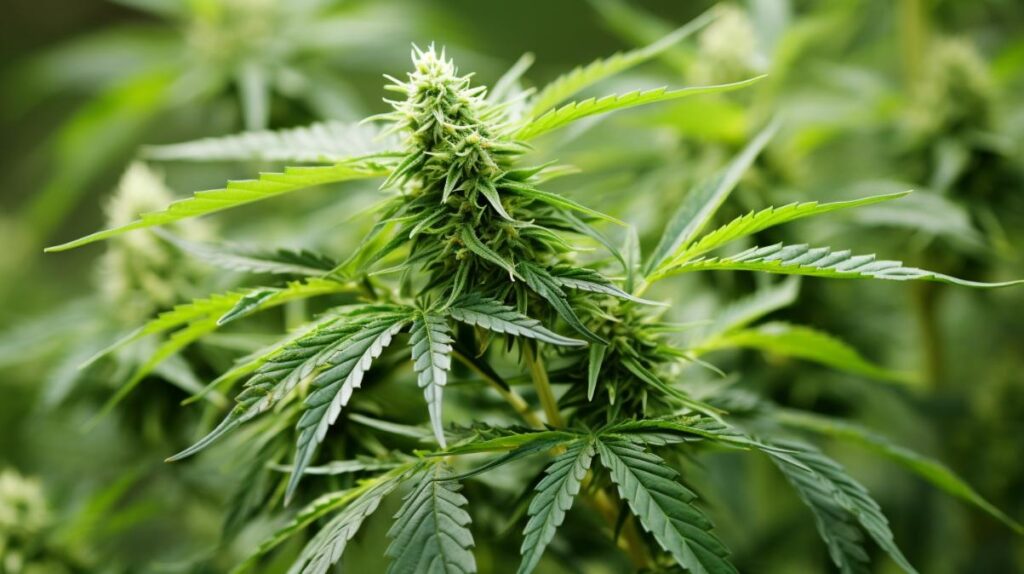
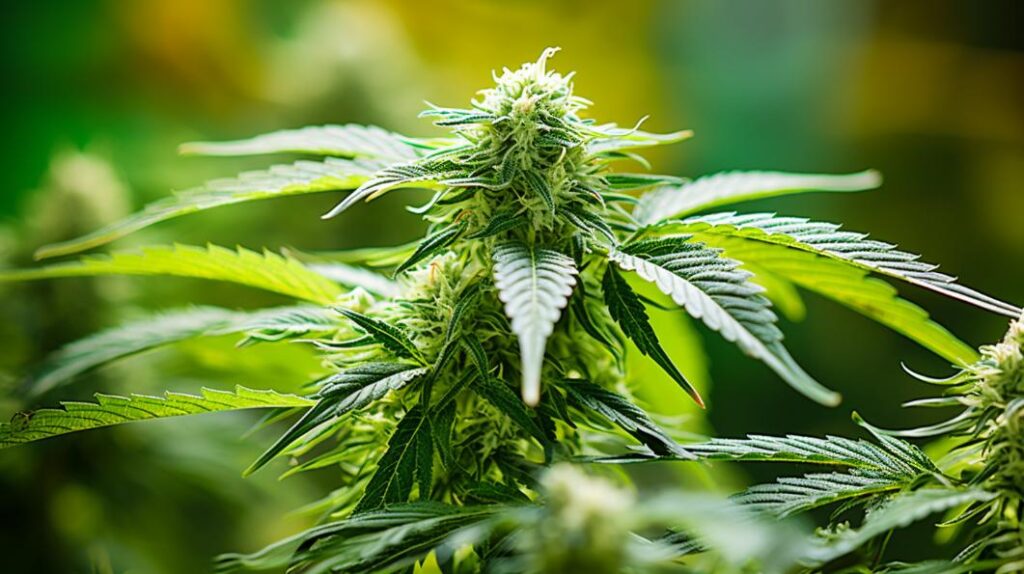
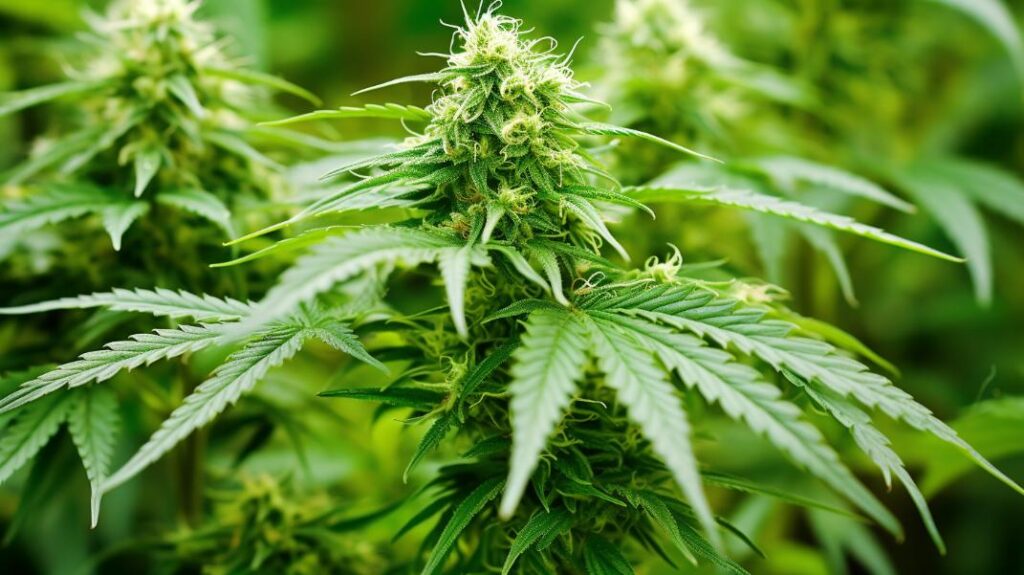
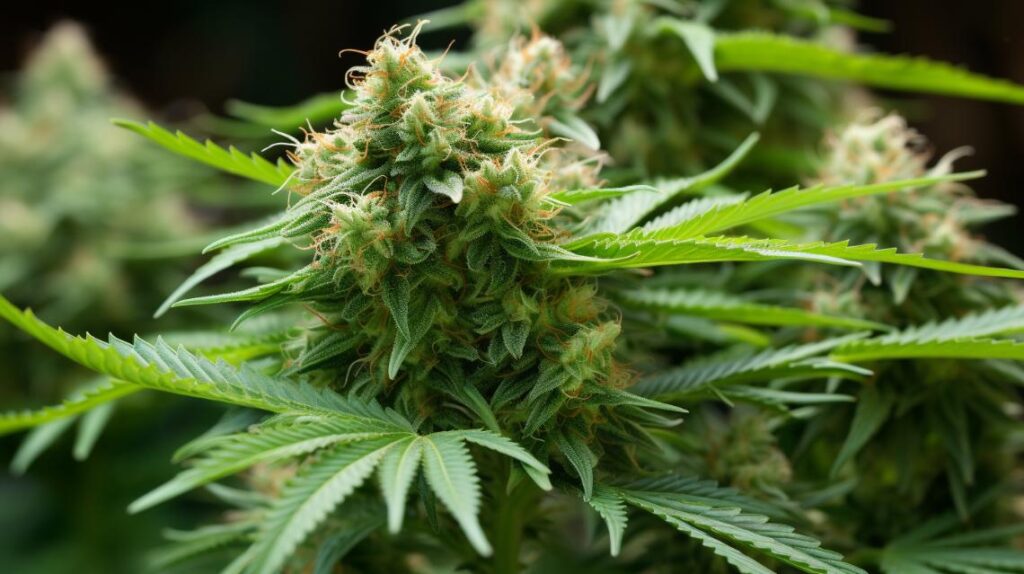
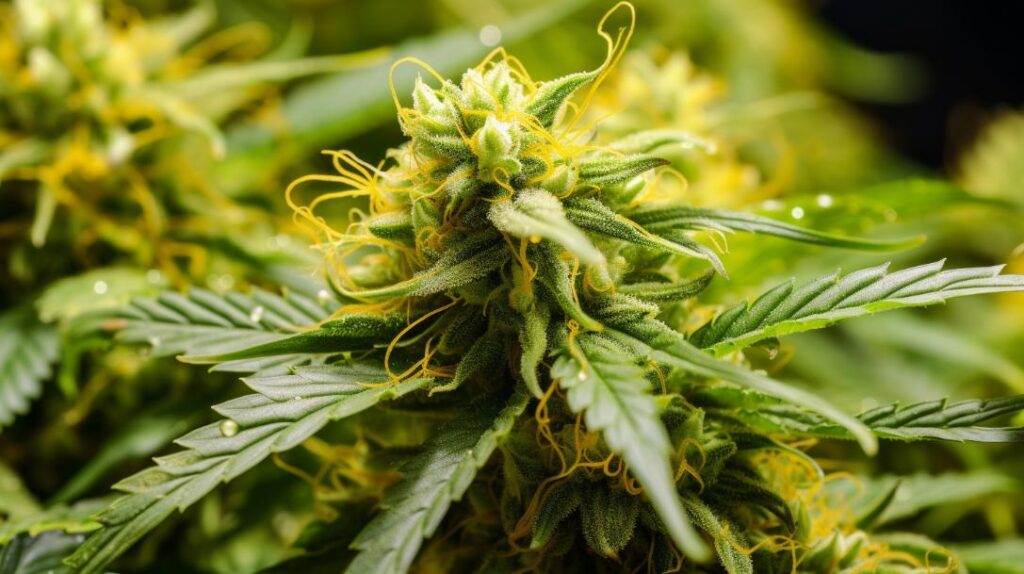

Responses